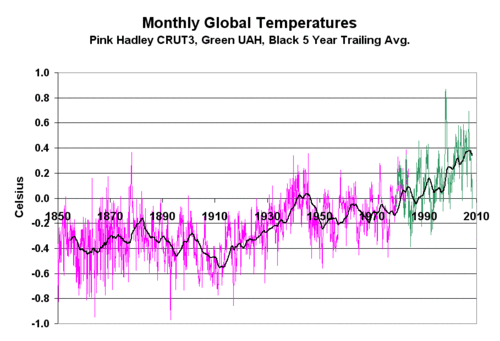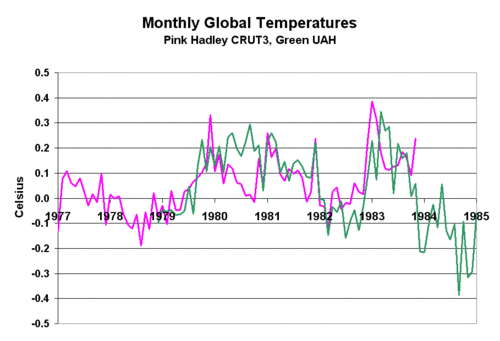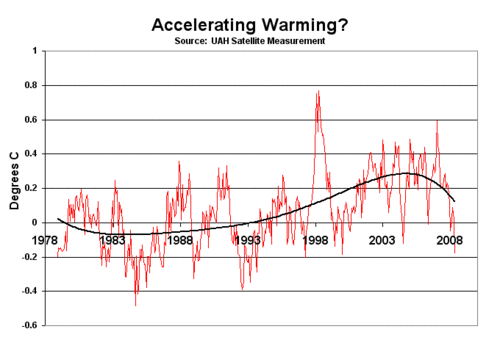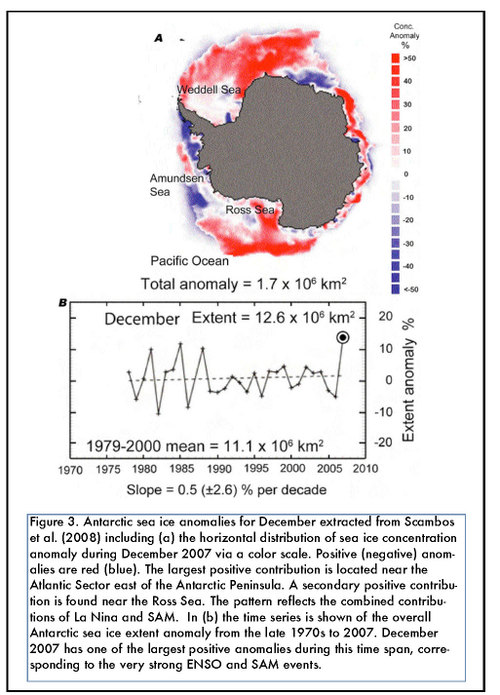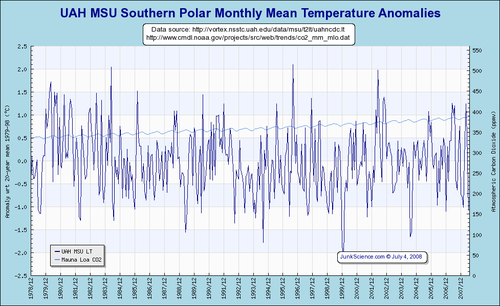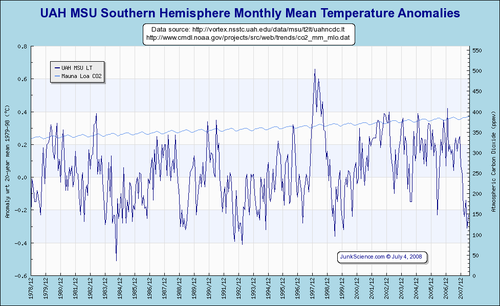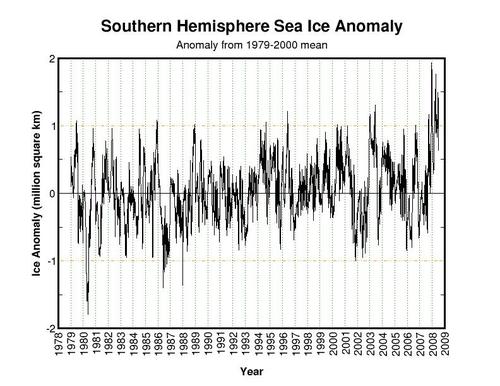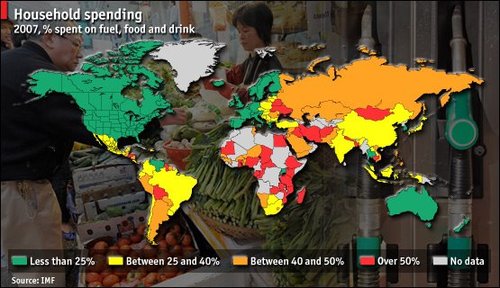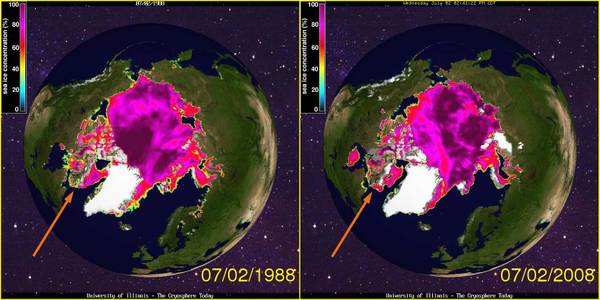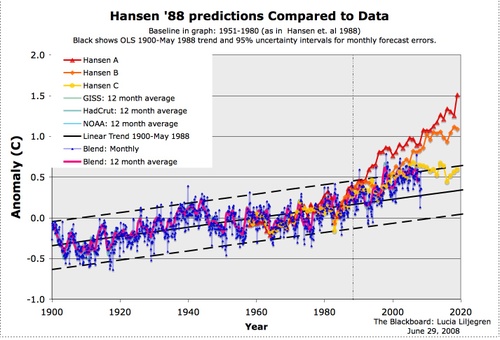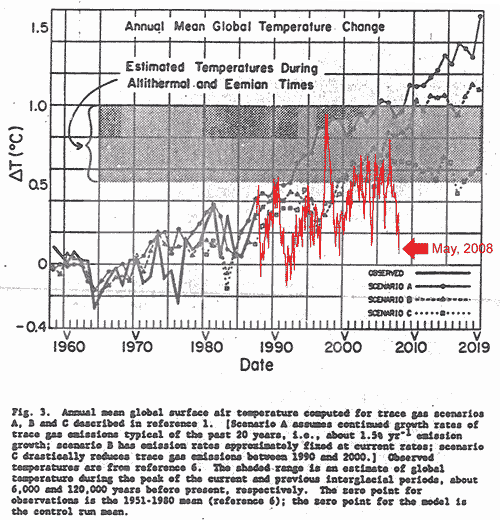A reader sent me a heads-up to an article in the Bulletin of the American Meteorological Society ($, abstract here) titled "Climate Change Education and the Ecological Footprint". The authors express concern that non-science students don’t sufficiently understand global warming and its causes, and want to initiate a re-education program in schools to get people thinking the "right" way.
So, do climate scientists want to focus on better educating kids in details of the carbon cycle? In the complexities in sorting out causes of warming between natural and man-made effects? In difficulties with climate modeling? In the huge role that feedback plays in climate forecasts?
Actually, no. Interestingly, the curriculum advocated in the Journal of American Meteorology has very little to do with meteorology or climate science. What they are advocating is a social engineering course structured around the concept of "ecological footprint." The course, as far as I can tell, has more in common with this online kids game where kids find out what age they should be allowed to live to based on their ecological footprint.
Like the Planet Slayer game above, the approach seems to be built around a quiz (kind of slow and tedious to get through). Like Planet Slayer, most of the questions are lifestyle questions – do you eat meat, do you buy food from more than 200 miles away, how big is your house, do you fly a lot, etc. If you answer that yes, you have a good diet and a nice house and travel a bit and own a car, then you are indeed destroying the planet.
I could go nuts on a rant about propoganda in government monopoly schools, but I want to make a different point [feel free to insert rant of choice here]. The amazing thing to me is that none of this has the first thing to do with meteoroogy or climate science. If there were any science at all in this ecological footprint stuff, it would have to be economics. What does meteorology have to say about the carrying capacity of the earth? Zero. What does climate science have to say about the balance between the benefits of air travel and the cost of the incremental warming that might result from that air travel? Zero.
Take one example – food miles. I live in Phoenix. The cost to grow crops around here (since most of the agricultural water has to be brought in from hundreds of miles away) is high. The cost is also high because even irrigated, the soil is not as productive for many crops as it is in, say, Iowa, so crops require more labor, more fertilizer, and more land for the same amount of yield. I could make a really good argument that an ear of corn trucked in from Iowa probably uses less resources than an ear of corn grown withing 200 miles of where I live. Agree or disagree, this is a tricky economics question that requires fairly sophisiticated analysis to answer. How is teaching kids that "food grown within 200 miles helps save the planet" advancing the cause of climate science? What does meteorology have to say about this question?
I am sorry I don’t have more excerpts, but I am lazy and I have to retype them by hand. But this is too priceless to miss:
Responding to the statement "Buying bottled water instead of drinking water from a faucet contributes to global warming" only 21% of all [San Jose State University] Meteorology 112 students answered correctly. In the EF student group, this improved to a 53% correct response…. For the statement, "Eating a vegetarian diet can reduce global warming," the initial correct response by all Meteorology 112 students was 14%, while the EF group improved to 80%.
Oh my god, every time you drink bottled water you are adding 0.0000000000000000000000000001C to the world temperature. How much global warming do I prevent if I paint flowers on my VW van? We are teaching college meteorology students this kind of stuff? The gulf between this and my freshman physics class is so wide, I can’t even get my head around it. This is a college science class?
In fact, the authors admit that their curriculum is an explicit rejection of science education, bringing the odd plea in a scientific journal that science students should be taught less science:
Critics of conventional environmental education propose that curriculum focused solely on science without personal and social connections may not be the most effective educational model for moving toward social change.
I think it is a pretty good sign that a particular branch of science has a problem when it is focused more on "social change" than on getting the science right, and when its leading journal focuses on education studies rather than science.
If I were a global warming believer, this program would piss me off. Think about it. Teaching kids this kind of stuff and then sending them out to argue with knowlegeable skeptics is like teaching a bunch of soldiers only karate and judo and then sending them into a modern firefight. They are going to get slaughtered.


